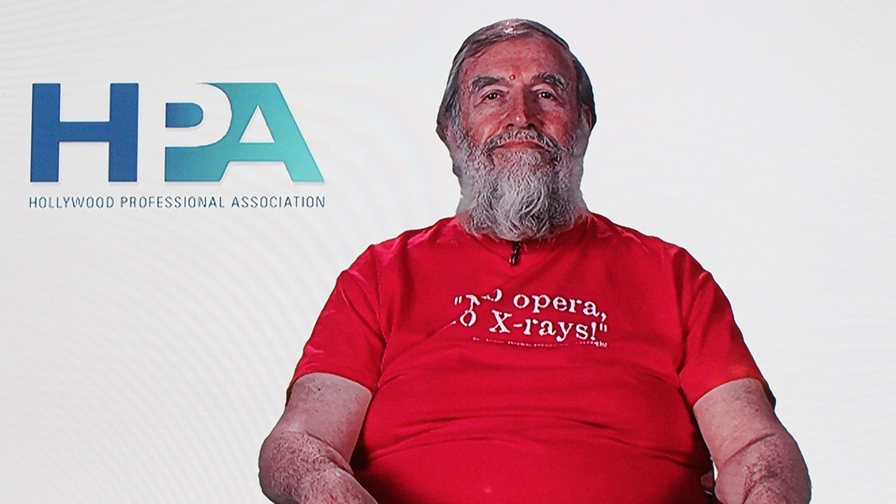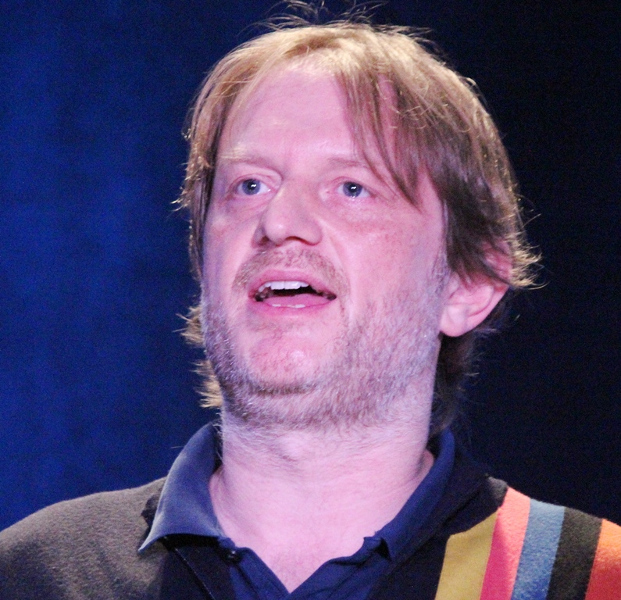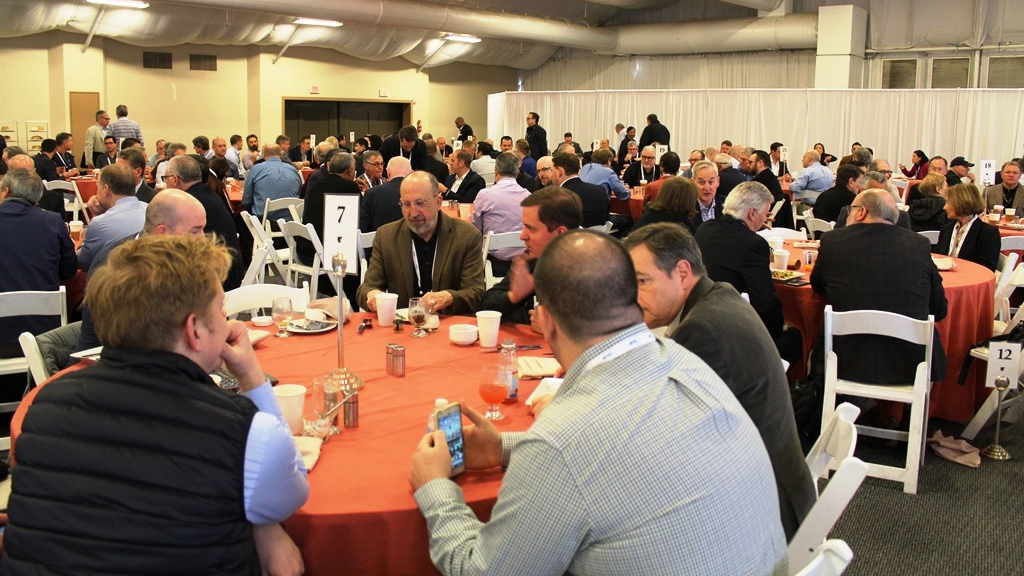HPA Tech Retreat Plays to Sold-Out Crowd
PALM DESERT, CALIF.—The annual Hollywood Production Association Tech Retreat convened on Feb. 19, bringing together television and cinema engineering and production professionals to participate in five days of presentations and discussions covering the latest developments in technologies and practices in content production and distribution.
Artificial Intelligence, HDR preparation, live event streaming, cutting-edge display technologies, intellectual property law, IMF technology and applications for content storage and exchange, VR, blockchain applications in content production and distribution processes and much more made up the agenda this year. The conference attracted some 680 attendees, making it once again a fully sold-out event.
The Retreat got underway on Monday, Feb. 19, with a half-day “Focus on Artificial Intelligence” session that explored the many sides and implications of this rapidly growing technology that promises to bring many benefits to content production and other areas, but at the same time by its very nature appears threatening to some. The session examined the current uses of AI, such as speech recognition and automatic captioning, as well as new implementations in taskings previously assigned to human operators. The session not only drilled down into AI’s technological side, but also considered ethical implications as well. A working AI implementation in the form of a virtual version of conference “maestro,” Mark Schubin, was demonstrated with a Q&A session, in which the flesh-and-blood Schubin quizzed his synthetic entity about such things as where Shubin had spent his youth (“I grew up in Hoboken, N.J., a city in which New York is merely a suburb”) and favorite movie (“A Night At the Opera”).
THE CLOUD, AND THE WAY IT’S CHANGING WORKFLOWS

The emergence of the cloud as a valuable tool in video production was explored in a Tuesday panel discussion—“Cloud Production and Tools”—moderated by Sundog Media Toolkit’s Rich Welsh, and featuring panelists Dave Benson, Chris Clarke, Chuck Parker, Matt Thomas and Roy Trosh.
“The cloud is real, viable, and we’re using it,” said Trosh, an engineer with The Mill post-production firm, remarking that handling their part of the Super Bowl-generated workload would not have been possible without tapping cloud technology.
“Our job is to create content; not preserve workflows,” said Benson, chief technology officer and co-founder of the BeBop Technology, a firm specializing in cloud-based workflow solutions. “There’s a place for individual designers to do certain things in a certain way. This is also a challenge. We try to develop our technology in the least intrusive way.”
The group discussed such cloud utilization issues as content security, latency, dropped frames, bandwidth limitations and cost control, as well as workarounds for post-production functions that don’t really work well in the cloud.
ECLIPSING VR TECHNOLOGY
Virtual Reality was in the limelight, with a Wednesday session devoted to what is billed as “the biggest live VR event to date,” the coverage of the Aug. 21, 2017 solar eclipse. Alx Klive, CEO and founder of 360 Designs, a production company that specializes in virtual reality, described the technology used to capture the eclipse, as well as some of the difficulties experienced in producing this VR first from multiple locations along the totality path of the eclipse.

The coverage involved seven observation locations, 21 cameras linked via an equal number of satellite circuits, motion-tracking jibs, moving-car and helicopter shooting platforms. Technical challenges included developing a system for remotely controlling camera iris settings and other parameters from thousands of miles away and overcoming synchronization issues with the multiplicity of cameras.
“Back in July last year, CNN approached us about covering the eclipse in live VR,” Klive said. “The challenges of doing this were immense. 360-cameras by their nature really work best with [close] proximity to their subject and there isn’t really anything further away than the sun, and you can’t really rehearse an eclipse either.”
Klive noted that the whole project had to be accomplished in just four weeks, and that as satellite trucks weren’t available until the day before the event, testing of the complete system couldn’t be performed any earlier. Backup methodologies and workarounds were prepared, but fortunately weren’t needed.
“The CNN eclipse broadcast was done right,” said Klive. “It was incredibly challenging and obviously ambitious, but it was also incredibly rewarding for everybody involved, so a true win-win.”

This year’s Retreat featured more than 40 mainstream presentations, as well as special “breakfast roundtable” discussion groups which provided attendees with the opportunity to delve into other areas of television and cinema technology. They could join any of the 20 or so specialized discussion groups offered on three consecutive days at the conference. “Roundtable” topics included light field cinematography, selection of the best media for long-term content storage, how to properly interface HDR displays, and thwarting cybercrime.
The Tech Retreat’s “Innovation Zone” hosted more than 60 exhibitors this year, with demonstrations of equipment and technologies ranging from video test and measurement gear to light field image capture.
The 2019 HPA Tech Retreat returns to the JW Marriott Desert Springs Resort & Spa here in Palm Desert, Calif., Feb. 11-15.
Get the TV Tech Newsletter
The professional video industry's #1 source for news, trends and product and tech information. Sign up below.
